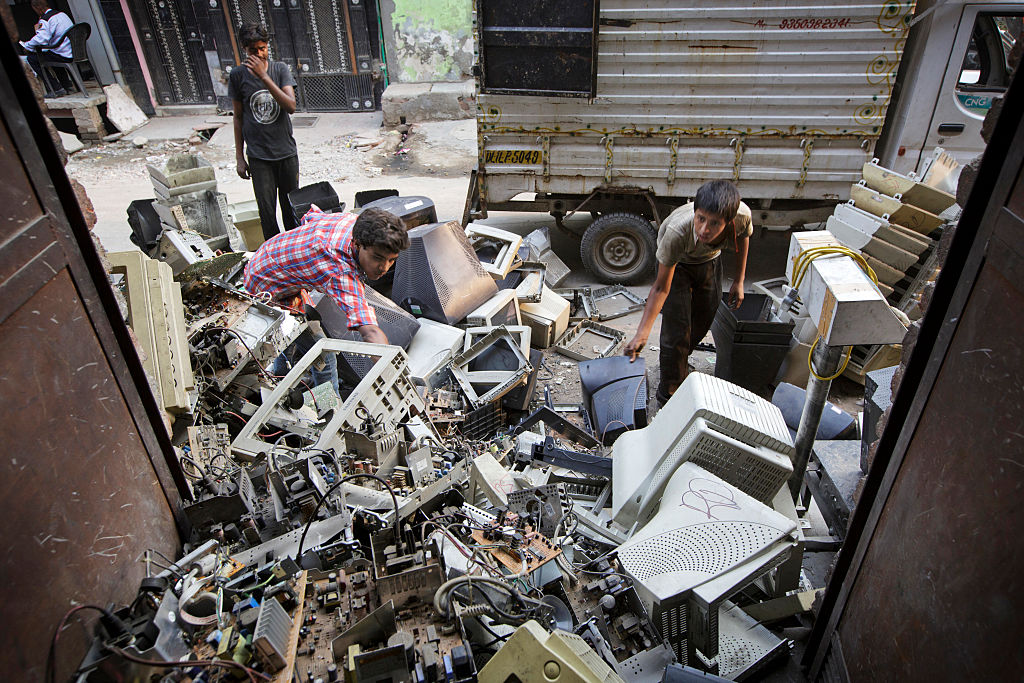
One in three children globally have dangerous levels of lead in their blood that could cause long-term physical and mental health problems, according to a new report, with the majority of children affected in low and middle-income countries.
The research—conducted by the Institute for Health Metrics and Evaluation and published by Unicef in collaboration with Pure Earth on Thursday—found that up to 800 million children globally have lead levels at or above 5 micrograms per decilitre, an amount that can diminish a child’s IQ score by 3-5 points and could lead to increased violence, according to the report.
Most affected children are in low and middle-income countries, with South Asia accounting for half of the global total. India has the largest number of children with lead poisoning, with more than 275 million children with blood lead levels of more than five micrograms per decilitre.
“With few early symptoms, lead silently wreaks havoc on children’s health and development, with possibly fatal consequences,” said Henrietta Fore, Unicef Executive Director in a press release. “Knowing how widespread lead pollution is—and understanding the destruction it causes to individual lives and communities—must inspire urgent action to protect children once and for all.”
The report says e-waste, mining, paints and poorly recycled lead batteries are among the sources of poisoning. For example, children in many areas inhale the fumes from informal battery recycling operations and open-air smelters.
While exposure to high levels of lead can be deadly, lower levels can still have long-term health impacts, particularly for children whose brains are still developing. For children under the age of five, lead exposure is particularly dangerous and linked to mental health issues and behavioral problems. Children exposed to lead are also more likely to live in poorer areas where there is inadequate access to schools, nutritious foods and medical care. Lead exposure can also affect older children, by causing kidney damage and cardiovascular diseases.
But although the report rings an alarm bell about lead poisoning worldwide, it does offer hope.
“The good news is that lead can be recycled safely without exposing workers, their children, and surrounding neighborhoods. Lead-contaminated sites can be remediated and restored,” said Richard Fuller, President of Pure Earth. “People can be educated about the dangers of lead and empowered to protect themselves and their children. The return on the investment is enormous: improved health, increased productivity, higher IQs, less violence, and brighter futures for millions of children across the planet.”
More Must-Reads from TIME
- Why Biden Dropped Out
- Ukraine’s Plan to Survive Trump
- The Rise of a New Kind of Parenting Guru
- The Chaos and Commotion of the RNC in Photos
- Why We All Have a Stake in Twisters’ Success
- 8 Eating Habits That Actually Improve Your Sleep
- Welcome to the Noah Lyles Olympics
- Get Our Paris Olympics Newsletter in Your Inbox
Contact us at letters@time.com